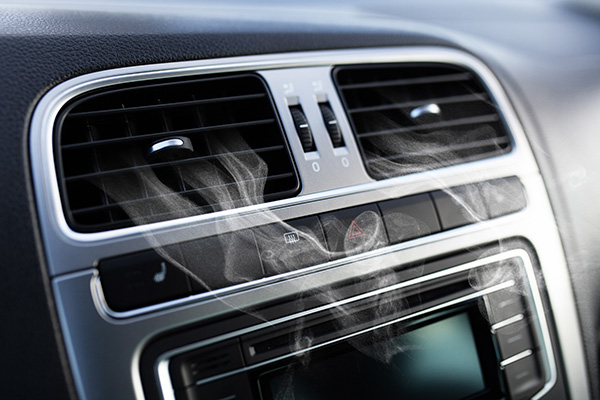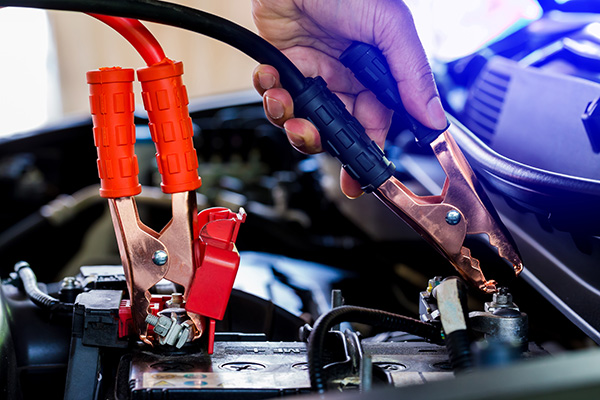Posted on 6/27/2025

It’s easy to take the lights on the rear of your car for granted until something goes wrong. Whether you’re replacing a bulb or trying to understand why another driver couldn’t see your car, knowing the difference between brake lights and taillights is more important than you might think. These two lighting systems may appear similar, but they serve distinct purposes and function in different ways. Let’s explore how each works and why both are critical for safe driving. Car Taillights Taillights are the red lights on the back of your vehicle that come on automatically when you turn on your headlights or activate your parking lights. Their purpose is to make your vehicle visible to others in low-light or nighttime conditions. The lights glow steadily and are designed to prevent rear-end collisions by signaling the presence of your car on the road, especially in fog, rain, or darkness. In most vehicles, taillights are part of a larger housing t ... read more
Posted on 5/30/2025

If you’ve spent any time driving in Texas, you’ve probably noticed fuel prices that seem a bit easier on your wallet compared to other states. It’s not your imagination because fuel prices in Texas consistently trend lower than the national average. But why is that the case? Several factors contribute to the relatively affordable gas prices in Texas, from its position in the energy industry to tax policies and supply logistics. Here’s a closer look at why Texas drivers often enjoy some of the lowest prices at the pump. Texas Has a Strong Oil and Gas Industry Texas is the largest oil-producing state in the U.S., generating more crude oil than any other region in the country. The state is home to numerous oil fields, including the massive Permian Basin, and a high concentration of refineries along the Gulf Coast. With so much oil being produced and processed locally, the state is well-positioned to supply fuel without relying heavily on import ... read more
Posted on 4/28/2025

When something smells off in your car, it might be more than just a forgotten lunch bag or a spill from the kids’ soccer practice. Strange odors can be your car’s way of letting you know something mechanical isn’t right. Some smells are minor and go away quickly—but others could be early warning signs of issues that need attention before they get worse. Let’s look at a few common automotive odors, what they might mean, and when it’s time to have them checked out. Burning Oil Smell A strong, acrid smell—especially after your engine has warmed up—could be burning oil. This often means oil is leaking onto hot engine parts, like the exhaust manifold. It might come from a worn valve cover gasket, a cracked oil pan, or an improperly tightened drain plug. In many cases, you won’t see visible smoke, but you’ll notice the odor inside the cabin or near the hood. If left unresolved, this can lead to oil loss, low oil ... read more
Posted on 3/28/2025

A dead battery always seems to strike at the worst possible time—right before work, in a parking lot, or when you're far from home. While jump-starting is a useful skill every driver should know, it's also one of the most misunderstood car maintenance tasks. Done incorrectly, it can fry electronics, damage batteries, or even create a dangerous spark hazard. If you’ve ever found yourself second-guessing where to connect the cables or wondering if your car could get damaged in the process, you’re not alone. Let’s walk through the most common mistakes drivers make when jump-starting a car—and how to do it safely. Mistake #1: Hooking Up the Cables in the Wrong Order When you’re in a rush, it’s easy to connect jumper cables without thinking twice. But mixing up the order or attaching them to th ... read more
Posted on 2/28/2025

If your business depends on a fleet of vehicles, keeping them well-maintained isn’t just a good practice—it’s essential for efficiency and cost control. Regular fleet maintenance helps prevent unexpected breakdowns, reduces repair costs, and ensures your vehicles stay on the road, delivering services without disruption. Neglecting maintenance can lead to downtime, safety risks, and higher long-term expenses. Investing in routine care keeps your fleet running reliably and extends the lifespan of your vehicles. Minimizing Downtime with Preventative Maintenance Unscheduled vehicle breakdowns can bring your business to a halt. When a vehicle is out of commission, deliveries get delayed, service appointments are missed, and productivity suffers. Fleet maintenance helps prevent major repairs by catching issues early, reducing the risk of unexpected breakdowns. Routine services like oil changes, fluid checks, tire rotations, and brake inspections help kee ... read more